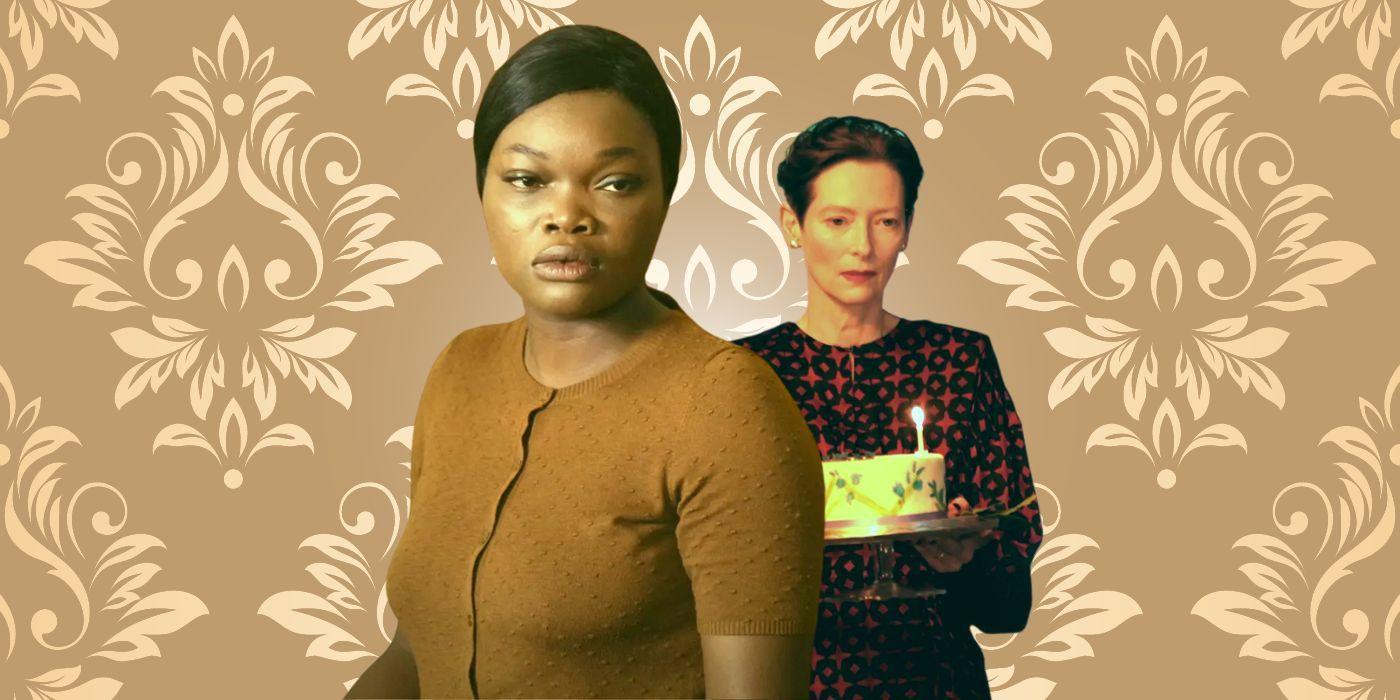In the dim glow of a theater, as the opening credits roll, audiences are often unaware of the invisible threads woven into the tapestry of a film. These threads, spun from the personal experiences of directors, subtly guide the narrative, infuse authenticity, and shape the emotional landscape of the story. The cinematic world, with its vast array of genres and styles, serves as a canvas for directors to imprint fragments of their own journeys, struggles, and triumphs. This article delves into the profound influence of these personal experiences on directors’ creative decisions, exploring how the intersection of life and art not only shapes storytelling but also resonates deeply with audiences around the globe.
Exploring the Roots of Cinematic Vision
Directors often weave their personal narratives and experiences into the fabric of their films, crafting a unique cinematic vision that resonates with authenticity and depth. These personal influences manifest in various ways, from the themes they explore to the visual aesthetics they employ. Consider the work of auteurs like Federico Fellini, whose childhood memories of the circus infused his films with a surreal and whimsical quality, or the introspective storytelling of Ingmar Bergman, who drew heavily from his own existential musings and familial relationships.
The impact of these personal experiences can be seen in several aspects:
- Character Development: Directors often create characters that reflect their own struggles, aspirations, or transformations, allowing audiences to connect on a deeper emotional level.
- Setting and Atmosphere: The choice of location and the mood it evokes can be a direct reflection of a director’s past environments or cultural background.
- Narrative Structure: Innovative storytelling techniques may mirror a director’s unique perspective or life journey, challenging traditional narrative forms.
By embedding their personal experiences into their films, directors not only tell compelling stories but also invite viewers into their world, offering a glimpse into the soul behind the camera.

Personal Narratives Shaping Directorial Choices
Directors often draw from the well of their own lives, infusing their work with a unique authenticity. Personal experiences, whether joyous or traumatic, can significantly shape their vision. Quentin Tarantino, for instance, frequently references his childhood fascination with genre films, imbuing his movies with a distinct, nostalgic flair. Ava DuVernay channels her own experiences of race and identity into her storytelling, offering a deeply personal perspective that resonates universally.
Consider how these experiences manifest in their creative choices:
- Visual Style: Directors might choose specific color palettes or cinematographic techniques that reflect their emotional landscapes.
- Narrative Themes: Personal struggles or triumphs often become central themes, adding depth and relatability.
- Character Development: Characters might embody aspects of the director’s personality or life experiences, making them more authentic and complex.
These elements combine to create films that are not just stories on screen, but reflections of the directors’ inner worlds.

The Intersection of Life Experience and Film Artistry
Directors often draw from the rich tapestry of their own lives, weaving personal experiences into their cinematic creations. This intimate connection can manifest in various ways, from the nuanced portrayal of characters to the selection of specific themes. For instance, Alfonso Cuarón‘s childhood memories of Mexico City breathe life into the vibrant yet poignant world of “Roma.” Similarly, Ava DuVernay channels her profound understanding of racial and social dynamics, rooted in her personal journey, into films that resonate with authenticity and urgency.
Consider the following elements influenced by directors’ life experiences:
- Character Development: Personal relationships often inspire complex, relatable characters.
- Thematic Choices: Themes such as identity, loss, and resilience may reflect directors’ own struggles and triumphs.
- Visual Style: Unique visual elements can be influenced by cultural backgrounds or significant life events.
- Narrative Structure: Storytelling techniques might mirror personal narratives or familial storytelling traditions.
By infusing their work with elements of their own lives, directors create films that not only entertain but also offer profound insights into the human condition.

Guiding Creative Decisions with Authentic Insights
In the realm of filmmaking, a director’s personal journey often serves as a compass, steering their creative choices with profound authenticity. These lived experiences infuse narratives with a unique texture, transforming ordinary stories into extraordinary cinematic experiences. Directors draw from their own histories to craft compelling characters, intricate plots, and vivid settings that resonate deeply with audiences. Personal struggles, cultural backgrounds, and individual triumphs all contribute to a rich tapestry of storytelling that is both relatable and profound.
- Emotional Depth: Personal experiences provide directors with a reservoir of emotions, allowing them to portray genuine human connections and conflicts.
- Cultural Nuance: A director’s cultural heritage can offer a fresh perspective, introducing audiences to diverse worlds and viewpoints.
- Authentic Storytelling: By integrating personal anecdotes, directors ensure that their narratives maintain a level of authenticity that is both engaging and believable.

